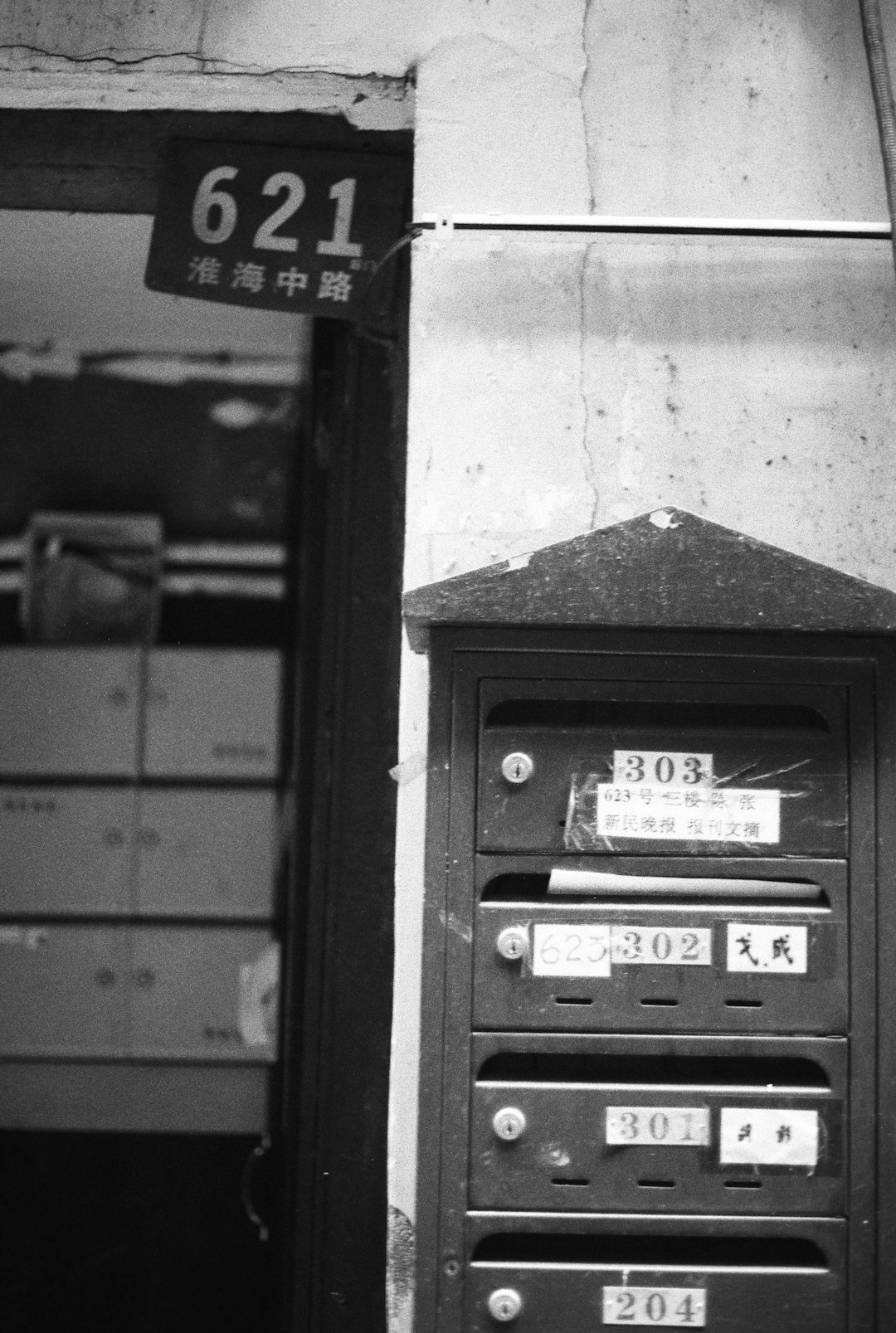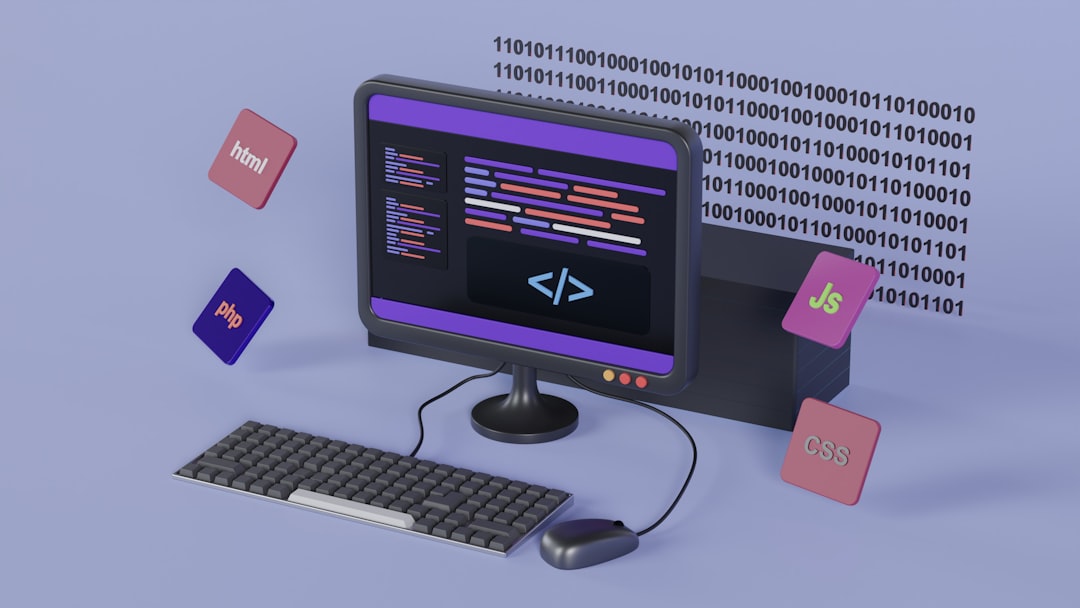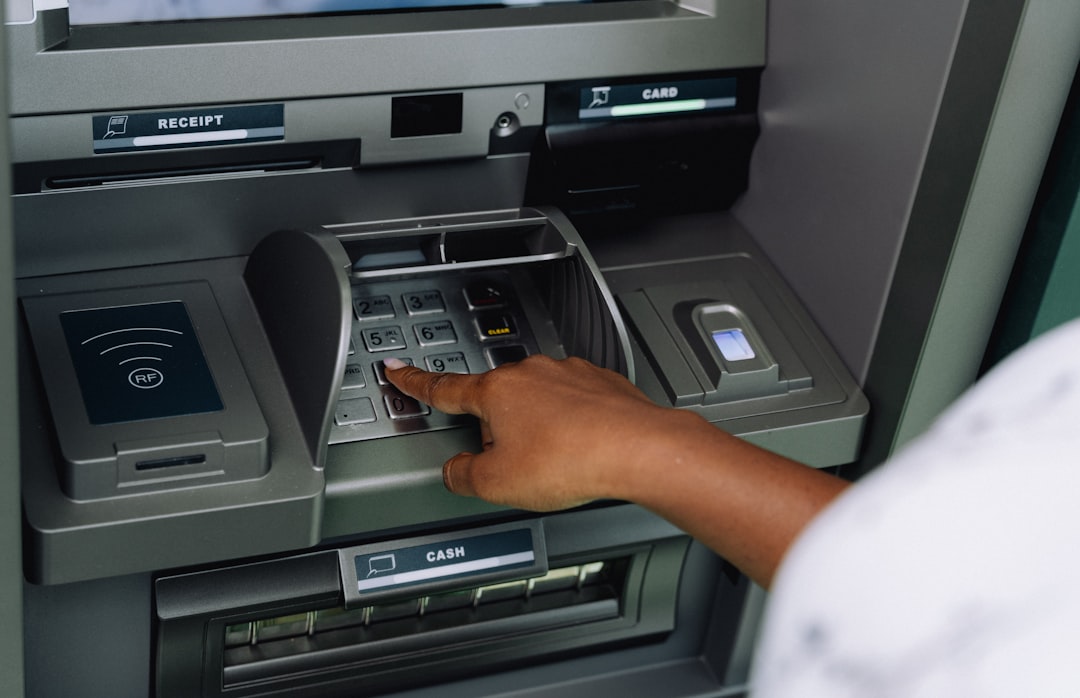In the ever-evolving landscape of financial operations, accounts payable (AP) departments are increasingly looking for streamlined methods to process remittance information. The method of uploading and recording payment data can impact efficiency, accuracy, and cash application turnaround. Two common methodologies stand out in this field: Lockbox services and Digital Entry systems. Both approaches serve the same purpose—automating the processing of incoming payments—but they differ significantly in their operation, benefits, and limitations.
Understanding AP Remittance Uploads
At its core, an AP remittance upload refers to the process by which companies input details of payments—amounts, payees, invoices, and other related data—into their accounting or ERP systems. These uploads are essential for tracking liabilities, ensuring accurate balances, and maintaining transparency in financial records.
Traditionally, many organizations have used Lockbox services facilitated by their banks. However, with the arrival of cloud-based platforms and automation tools, many businesses are transitioning to Digital Entry systems that promise higher precision and speed.
What is a Lockbox Service?
A Lockbox service is a banking arrangement where a third-party bank receives, processes, and deposits payments on behalf of the client organization. The bank collects payments from a PO box, scans the checks and remittance documents, and then deposits the checks. The remittance data is then sent electronically to the client for reconciliation and record-keeping.

- Process: Manual checks mailed to the bank
- Data capture: OCR (Optical Character Recognition) on physical remittances
- Delivery: Data is sent as files (CSV, EDI, etc.) to the corporate ERP
This method helps reduce the burden on internal AP teams but comes with its own set of issues when it comes to data accuracy and processing speed.
Advantages of Lockbox Services
- Time-saving for in-house teams: The bank handles all physical check processing.
- Reduced mail handling risk: Payment documents do not go through internal mailrooms.
- Funds availability: Fast check deposit into the corporate account.
Challenges of Lockbox Services
- Costs: Monthly fees, per-item charges, and OCR scanning errors can be expensive.
- Data accuracy: OCR technology often misreads handwritten or low-quality text.
- Limited flexibility: Changing formats or vendors can be cumbersome and costly.
What is Digital Entry?
Digital Entry refers to the use of software systems and digital tools to input remittance data directly into ERP software. Payments may be received electronically via ACH, wire transfers, or virtual cards. The remittance details are usually submitted through an online portal or email and processed using AI-based tools.

- Process: Electronic capturing of payment and remittance data
- Data Capture: AI, machine learning, and rule-based parsing of digital files
- Delivery: Seamless integration into ERP or AP automation platforms
Digital Entry is growing in popularity due to its automation capabilities and lower risk of data errors.
Advantages of Digital Entry
- High data accuracy: Minimizes manual input and reduces OCR misreads.
- Real-time processing: Payments are matched to invoices and posted in near real-time.
- Cost-effective: Lower operational costs over time with minimal manual involvement.
Challenges of Digital Entry
- Setup effort: Requires API connections, system integration and upfront configuration.
- Data dependency: Requires suppliers or customers to send clean digital remittances.
- Security: Handling sensitive digital data requires robust cybersecurity safeguards.
Key Differences Between Lockbox and Digital Entry
Both systems aim to automate the entry and reconciliation of payment information, but their methods differ significantly.
| Criteria | Lockbox | Digital Entry |
|---|---|---|
| Speed | 1–3 business days | Real-time or same day |
| Accuracy | Moderate due to OCR errors | High with AI parsing |
| Cost | Per-check and monthly service fees | Subscription or SaaS-based pricing |
| Scalability | Limited to mail volume | Highly scalable across geographies |
| Integration | File-based transfer | ERP APIs and cloud connectors |
Which Method is Right for Your Business?
The choice between Lockbox and Digital Entry often comes down to a company’s current workflow, size, and digital maturity. Businesses with high volumes of physical checks and limited digital infrastructure may continue to rely on Lockbox services. On the other hand, digitally mature organizations seeking to reduce manual interventions and accelerate reconciliation processes would benefit more from Digital Entry methods.

Transition planning, compliance, and data governance also play a significant role in making this decision. While Lockbox solutions may be easier to maintain within traditional banking frameworks, Digital Entry platforms offer better long-term adaptability and efficiency.
Conclusion
Both Lockbox and Digital Entry services are vital for enabling seamless AP remittance uploads. However, the world is moving toward digital-first financial operations. Automation, scalability, and real-time processing make Digital Entry a compelling solution for modern enterprises. Finance leaders must weigh the pros and cons according to their unique circumstances to make the most efficient decision for their AP departments.
Frequently Asked Questions (FAQs)
- 1. What is the main purpose of a Lockbox?
- It automates the processing of incoming physical checks by allowing a bank to collect, scan, and transmit remittance data to a business’s financial system.
- 2. Is Digital Entry more secure than Lockbox?
- Digital Entry can offer stronger security features such as encryption and controlled user access, but it also requires robust cybersecurity protocols to avoid digital threats.
- 3. Can both Lockbox and Digital Entry be used together?
- Yes, hybrid models exist where businesses use Lockbox for checks and Digital Entry for electronic payments, offering full-spectrum coverage.
- 4. What industries benefit most from Digital Entry?
- Technology, retail, healthcare, and any fast-scaling business with a high volume of digital payments are ideal candidates for Digital Entry systems.
- 5. How long does it take to implement a Digital Entry system?
- Implementation can take a few weeks to several months depending on API integrations, ERP compatibility, and supplier readiness.



